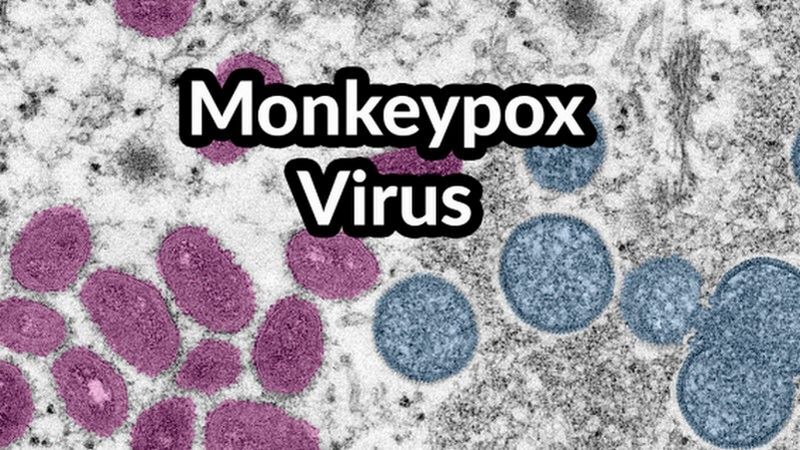The Hawaii Department of Health is reporting a third probable case of monkeypox among state residents.
“This case does not have a history of travel and we are investigating links between this third case and the first two cases,” Dr. Nathan Tan, deputy state epidemiologist, said in a recent news release from Gov. David Ige’s office. “Individuals at increased risk should avoid anonymous sexual contact or events where individuals may have close bodily contact with others.”
The latest person thought to have the disease is an adult Oahu resident who attended a social gathering but is not known to have traveled off-island before testing by the State Laboratories Division found orthopoxvirus, a type of monkeypox.
State officials stressed that most Hawaii residents are at low risk because spread of the disease is low, the release said. That means vaccinations are not being recommended for the general public, but rather they are suggested on an individual basis for close contacts of probable cases.
The Centers for Disease Control and Prevention (CDC) have reported that many cases of monkeypox have emerged among gay, bisexual and other men who have had sex with men, or those who recently traveled abroad or to the continental U.S; the release said. But anyone who has been in close contact with someone who has monkeypox is at higher risk of infection, regardless of a person’s gender, sexual orientation or travel history.
Monkeypox is caused by the monkeypox virus, the release said. Infection first shows up as flu-like symptoms, including fever, headache, muscle aches, chills, exhaustion and swollen lymph nodes. As the infection progresses, a person can develop a rash or sores on their body. Those who contract the disease generally become ill within 21 days of exposure.

